HOIAN ANCIENT TOWN - UNESCO WORLD CULTURAL HERITAGE
Hoi An Ancient Town, one of the most famous tourist destinations in Vietnam, attracts visitors not only because of its ancient beauty but also because of its unique blend of culture, history, and cuisine. Located on the Thu Bon River, Hoi An was once a bustling trading port in the 16th and 17th centuries. Today, the ancient town still retains its pristine beauty with ancient houses, narrow streets, and traditional cultural activities. In this article, we will explore interesting things about Hoi An Ancient Town.
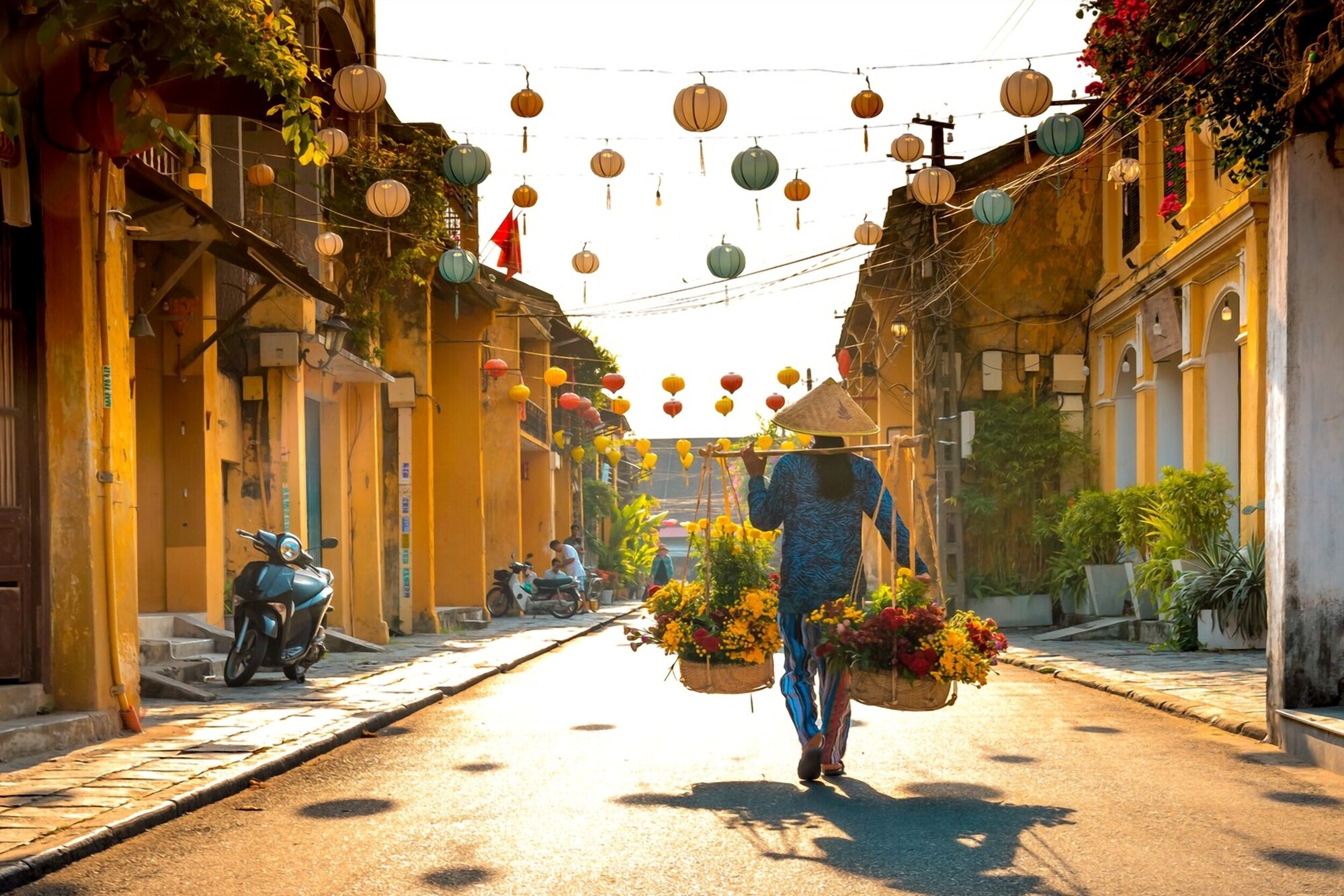
History and Geographical Location of Hoi An Ancient Town
Historical Origin
Hoi An originated as an important trading port in Southeast Asia. In the 15th century, it became a popular stopover for traders from Japan, China, and the West. These cultural exchanges created a diverse mosaic of architecture and customs in Hoi An.
Geographical Location
Hoi An City has an area of about 61.71 km², under the jurisdiction of Quang Nam Province. On January 21, 2008, Hoi An was established with 13 administrative units. Hoi An is located in the lower reaches of the Thu Bon River, 30km southeast of Da Nang City and 50km northeast of Tam Ky City. Hoi An is a city with sea and islands, so it possesses rich natural landscapes, bringing great potential for tourism and economic development.
Characteristic Architecture of Hoi An Ancient Town
Hoi An Ancient House
Ancient houses in Hoi An are usually built of wood, bearing the mark of traditional Vietnamese architecture. These houses often have red-tiled roofs, yellow walls, and wooden windows. This type of tube-shaped house often has a common structure with a wooden frame, separated by brick walls on both sides. Normally, the area of a home is from 4 to 8m wide and 10 to 40m deep. Each house has its own story, reflecting the lives of the people here through the generations.
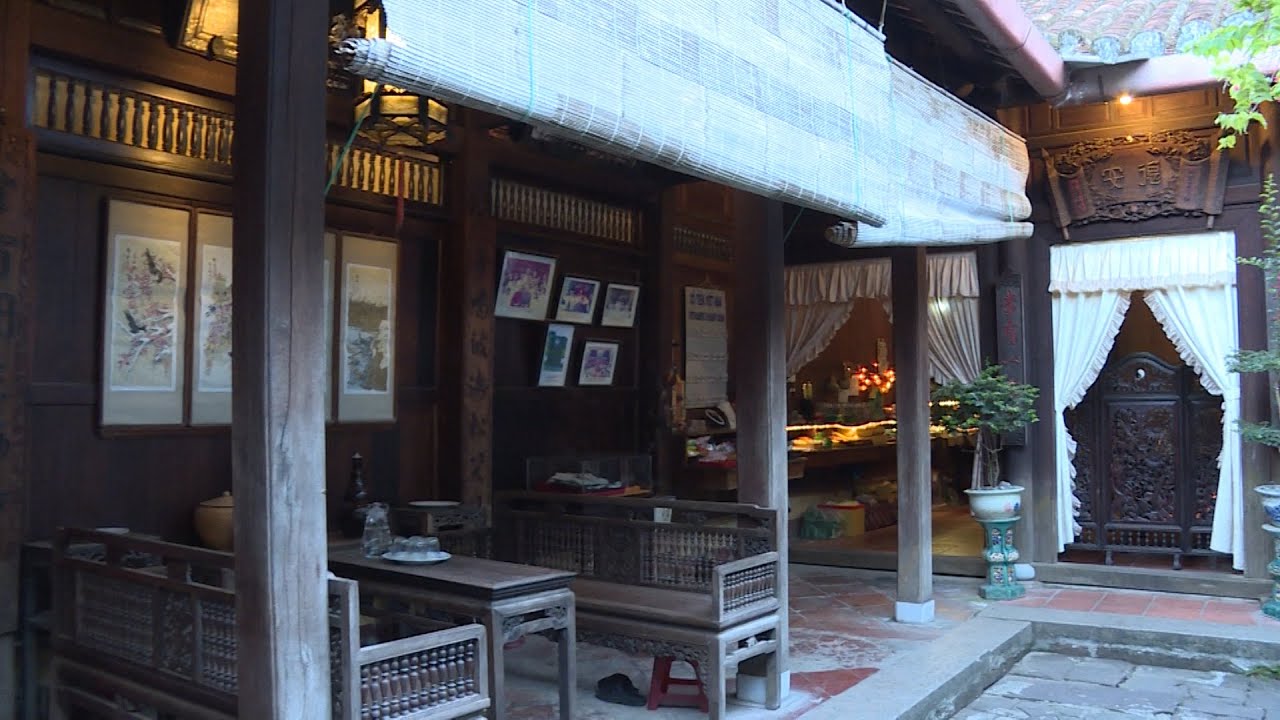
Japanese Covered Bridge
The Japanese Covered Bridge, also known as the Japanese Bridge, is a prominent symbol of Hoi An ancient town. Built in the 17th century, the Japanese Covered Bridge is not only a place of worship but also a unique architectural work, combining Japanese and Vietnamese culture. In terms of architecture, the Japanese Covered Bridge is made entirely of wood with brick and stone pillars. The total length of the bridge is about 18m, with a new roof covered with yin and yang tiles. Above the main door hangs a large sign with 3 embossed Chinese characters: Lai Vien Kieu. With its curved shape and sophisticated decorative details, the Japanese Covered Bridge attracts millions of visitors every year.
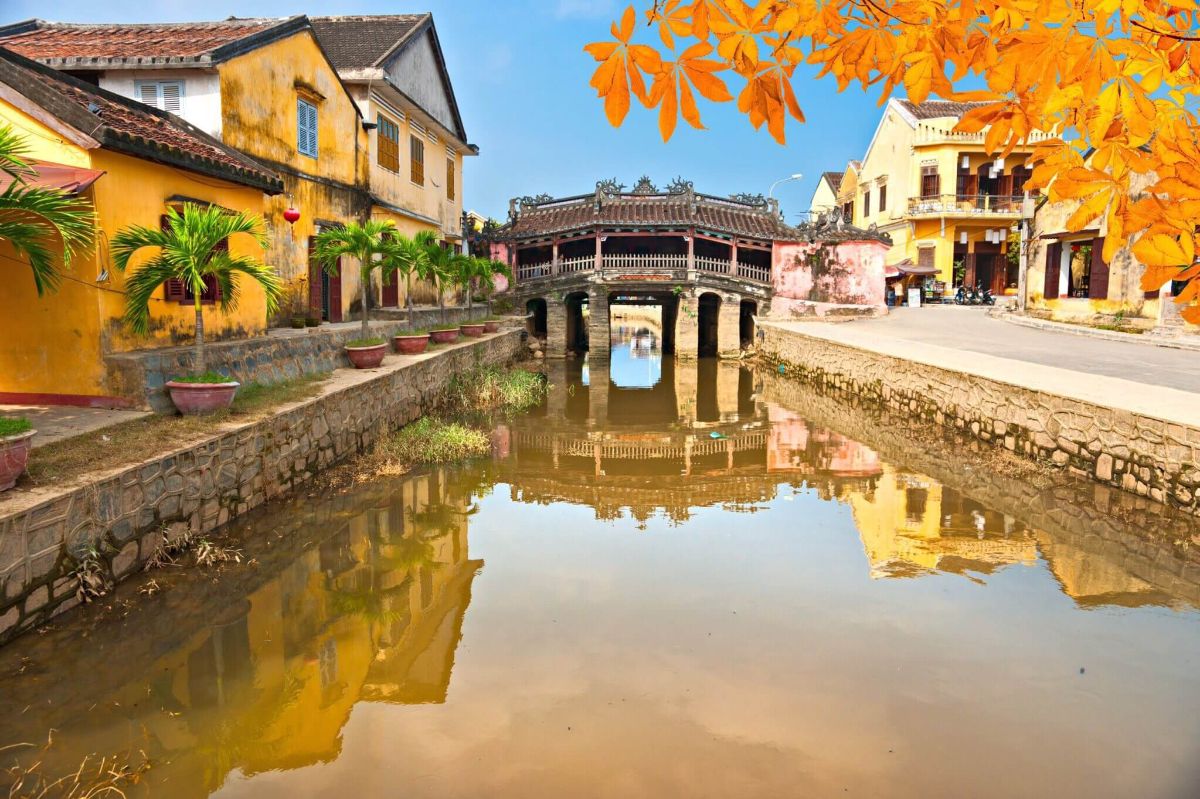
Ancient House
Tan Ky ancient house, over 200 years old, still retains the ancient architecture of Hoi An ancient town. Built in 1741, Tan Ky's ancient house is made of wood, stone, and Bat Trang bricks. Currently, this place still preserves many beautiful horizontal lacquered boards and parallel sentences.

Other Architectural Projects
In addition to the ancient houses and the Japanese Covered Bridge, Hoi An ancient town also has many other architectural works such as assembly halls, churches, and traditional shops. Each construction carries a historical story, showing the cultural diversity of this land. The narrow streets, shaded by green trees, along with the shimmering lantern lights at night create a poetic, romantic scene.
Special Cuisine of Hoi An Ancient Town
Cao Lau Dish
Cao Lau is a typical dish of Hoi An, this noodle dish has yellow noodles, served with shrimp, pork, raw vegetables, and very little broth. The yellow noodles are mixed with ash from a local tree. This dish has a unique flavor, combining noodles, raw vegetables, and broth. To enjoy Cao Lau properly, visitors should go to famous restaurants in the old town.
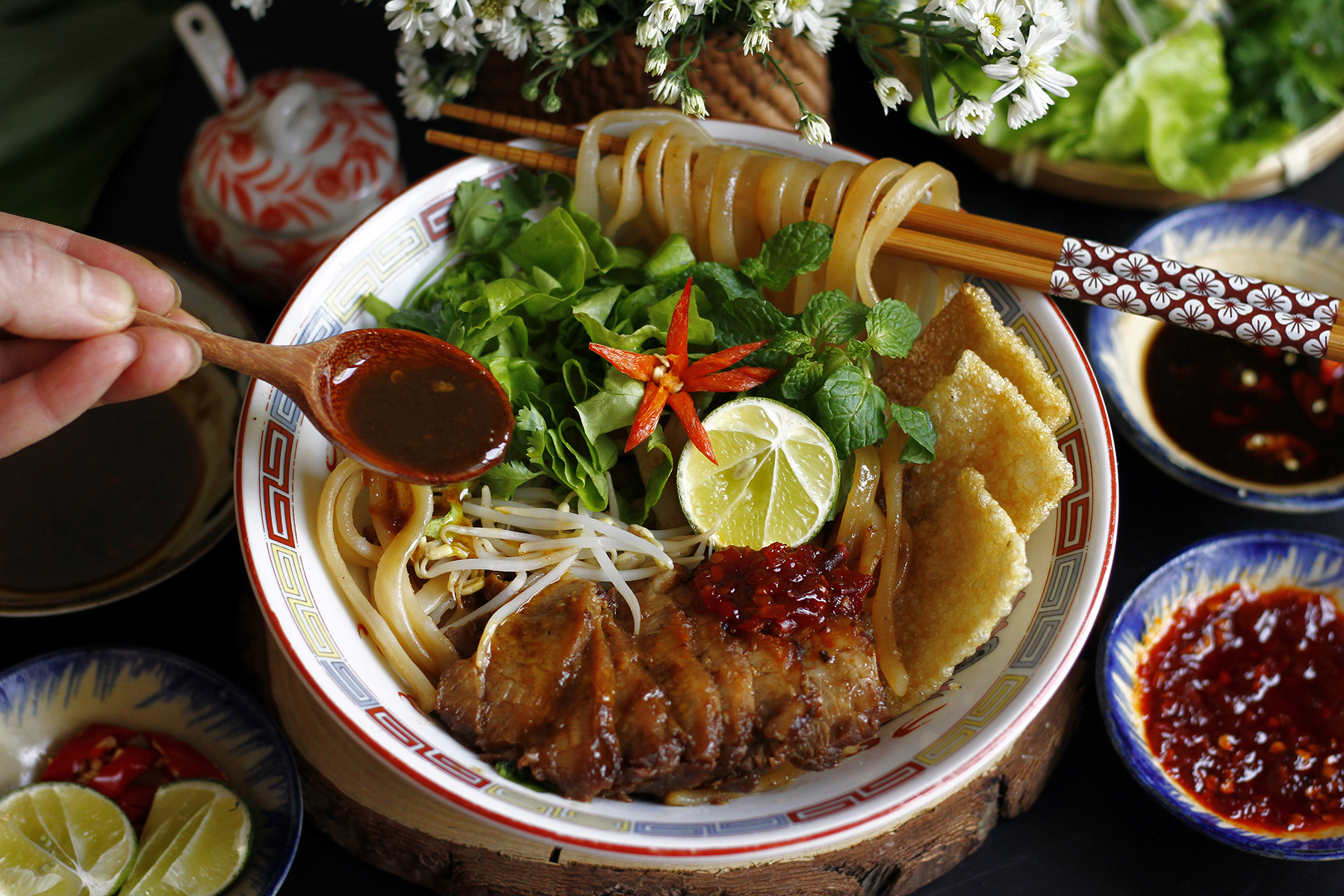
Hoi An Quang Noodles
A bowl of Quang noodles usually contains pork, shrimp, and chicken (sometimes boiled eggs depending on the taste of the eater) along with broth made from pork bones. Usually, the broth of Quang noodles is very little, it will give the feeling of eating a mixed dish. Quang noodles will be more delicious when eaten with roasted peanuts, rice paper, herbs, chopped onions...
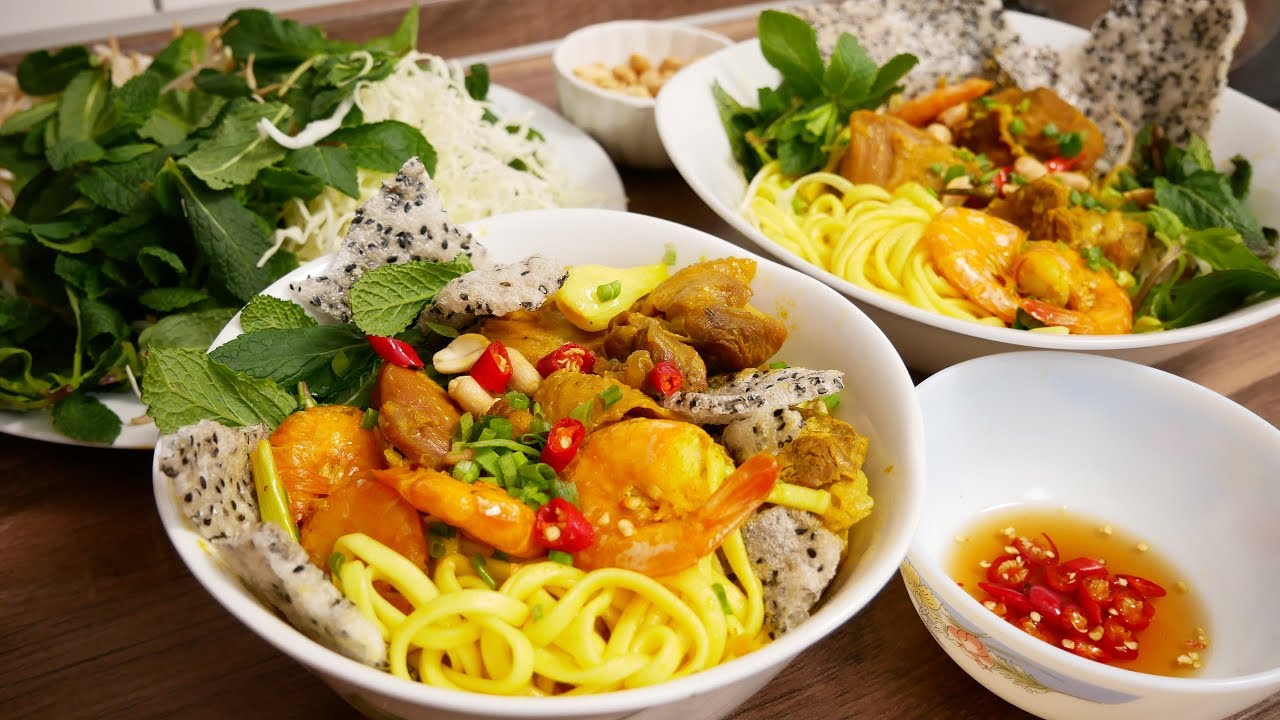
Hoi An specialty wonton
This dish originated from China, but over time, wontons have been gradually adapted to suit Vietnamese tastes and have become a famous delicacy in Hoi An. Wonton fillings come in many varieties: shrimp, pork, wood ear, mushroom... The dough is meticulously rolled out thin, with a fragrant rice aroma. Wontons can be steamed or fried depending on taste.
Other Dishes
In addition to the famous Cao Lau, Hoi An ancient town is also famous for many other dishes such as Quang noodles, rice paper rolls with grilled meat, and banh vac, etc. Each dish has a strong local flavor, showing the creativity and ingenuity of the locals. Visitors can easily find traditional eateries along the small streets, where the culinary flavors blend with the ancient atmosphere of the old town.
Cultural and Recreational Activities
Lantern Festival
The Lantern Festival, which takes place on the 14th night of the lunar month every month, is one of the unique cultural events in Hoi An. On this occasion, the ancient town becomes more sparkling with thousands of colorful lanterns. Hoai means praying for luck, health, etc. Visitors can participate in activities such as releasing flower lanterns on the river, creating a magical and romantic space.
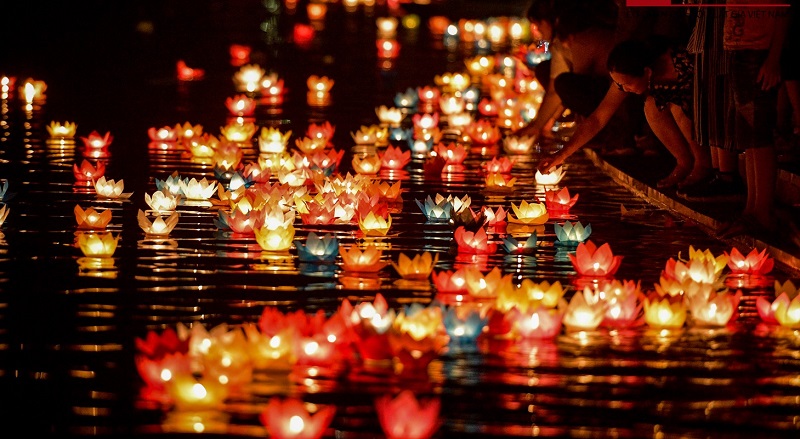
Thu Bon Festival
The Thu Bon Festival is held on the 12th day of the 2nd lunar month every year. Although simple, it is no less solemn with unique traditional activities such as cake-making contests, singing, human chess, tug of war... The festival attracts a large number of tourists to Hoi An to participate in the experience and immerse themselves in the atmosphere of exciting folk games. This is a festival to commemorate Thu Bon - the person who brought agriculture, and fishing and blessed the people's work to be smooth sailing.
Vu Lan Festival
Vu Lan is a ceremony to show gratitude to parents held across the country on the 15th day of the 7th lunar month every year. In Hoi An, this festival is celebrated on a grand scale with activities such as turning off the lights and releasing flower lanterns at 7:00 p.m. All of which creates a brilliant, peaceful scene throughout the ancient town. Vu Lan Festival has many meanings to help children express their filial piety and appreciate the kindness of their parents and grandparents who gave birth to and raised them. This is a cultural beauty that has been preserved for centuries.
Shopping and Crafts
Hoi An Market
Hoi An Market is a great place to shop for handicrafts, souvenirs, and local specialties. Here, you can find unique gifts such as lanterns, paintings, and ceramics. The bustling atmosphere of the market will make you feel excited to explore.
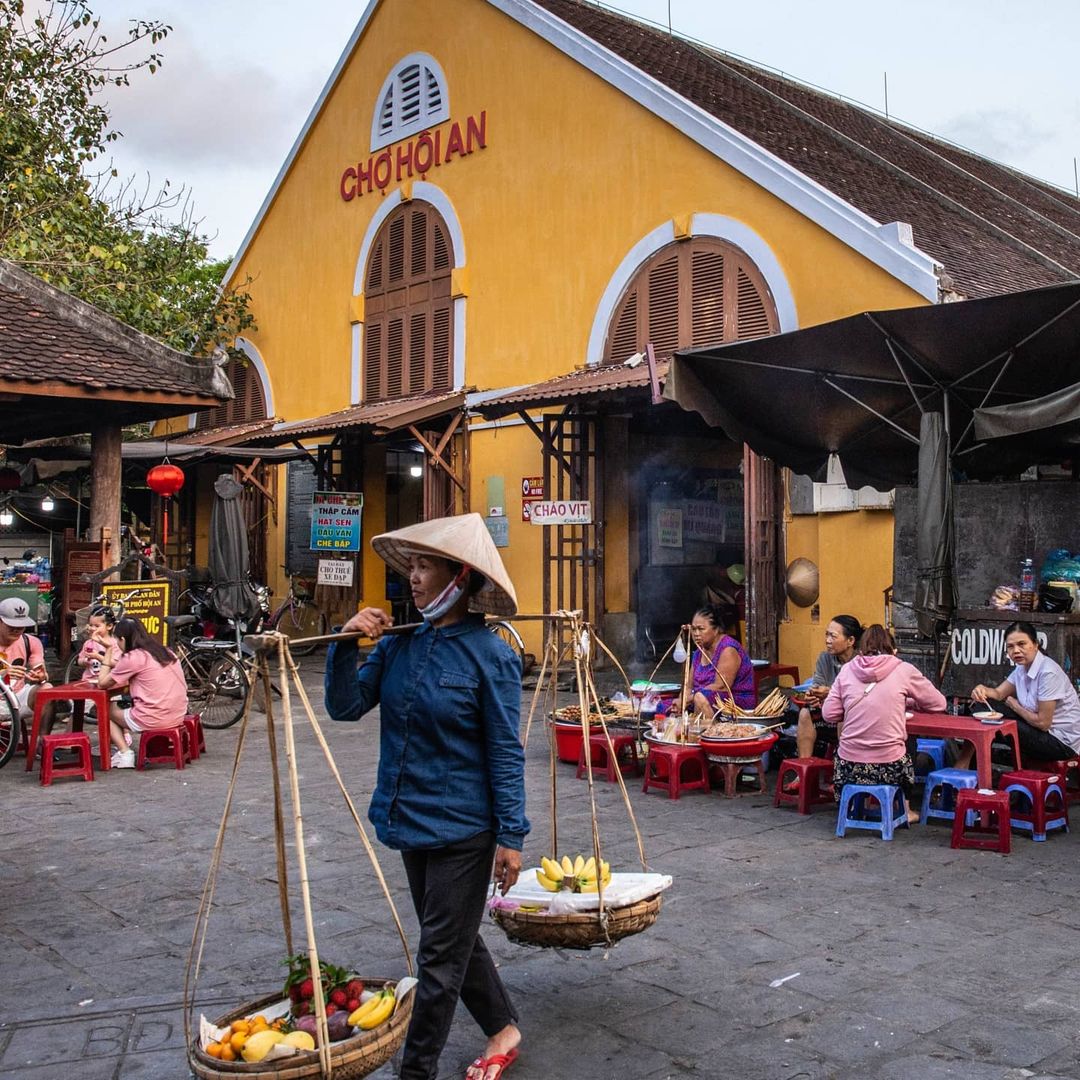
Traditional Crafts
Hoi An is also famous for many traditional crafts such as weaving, lantern making, and ceramics. Visitors can join experience classes to make unique products by themselves. This is a great opportunity to learn about the culture and handicrafts of the people here.
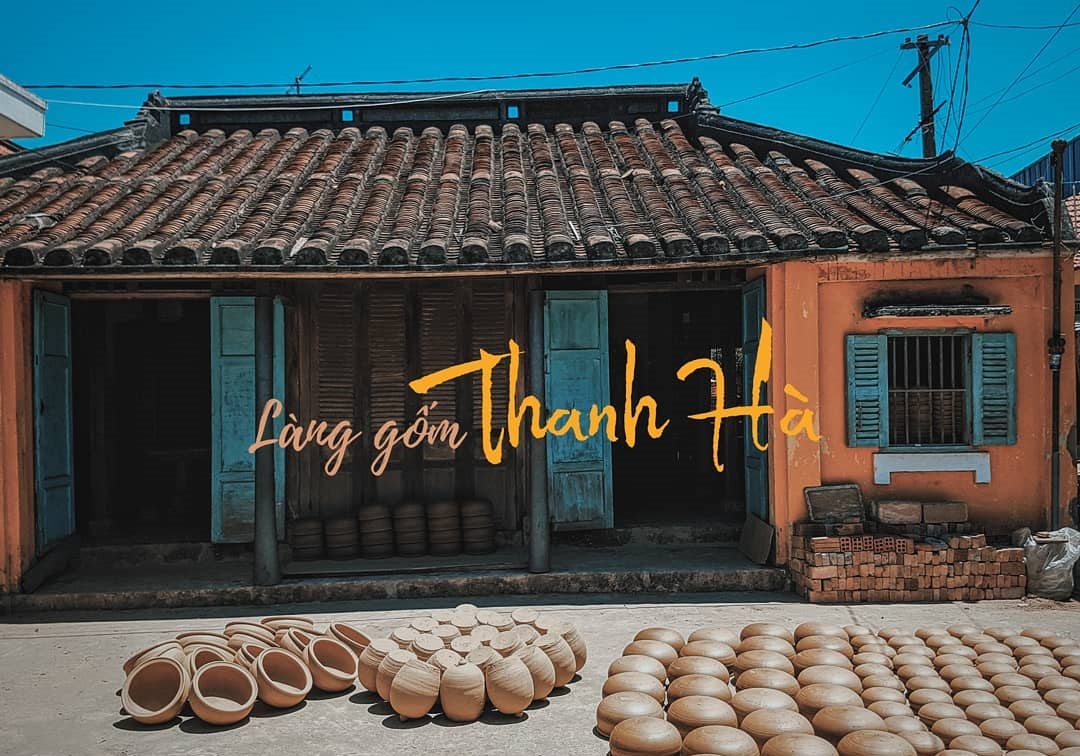
Handicraft Stores
Along the small streets, you will easily come across shops selling handicrafts. The products here are not only beautiful but also bear the cultural mark of Hoi An. You can find meaningful gifts to bring back as souvenirs after the trip.
What is special about Hoi An ancient town?
Hoi An Ancient Town stands out with its ancient architecture, diverse culture, and rich cuisine. This is the intersection of many different cultures, creating a vivid and attractive picture.
What is the best time to visit Hoi An?
The ideal time to visit Hoi An is from February to April when the weather is cool and dry. In addition, August and September are also good times to participate in traditional festivals.
How to get around Hoi An ancient town?
Hoi An Ancient Town is quite small, so visitors can easily explore on foot or rent a bicycle. In addition, there are many taxi and motorbike taxi services for convenient travel.
How to get to Hoi An ancient town?
You can choose from many different means of transport such as plane, coach, train, bus or personal vehicle.
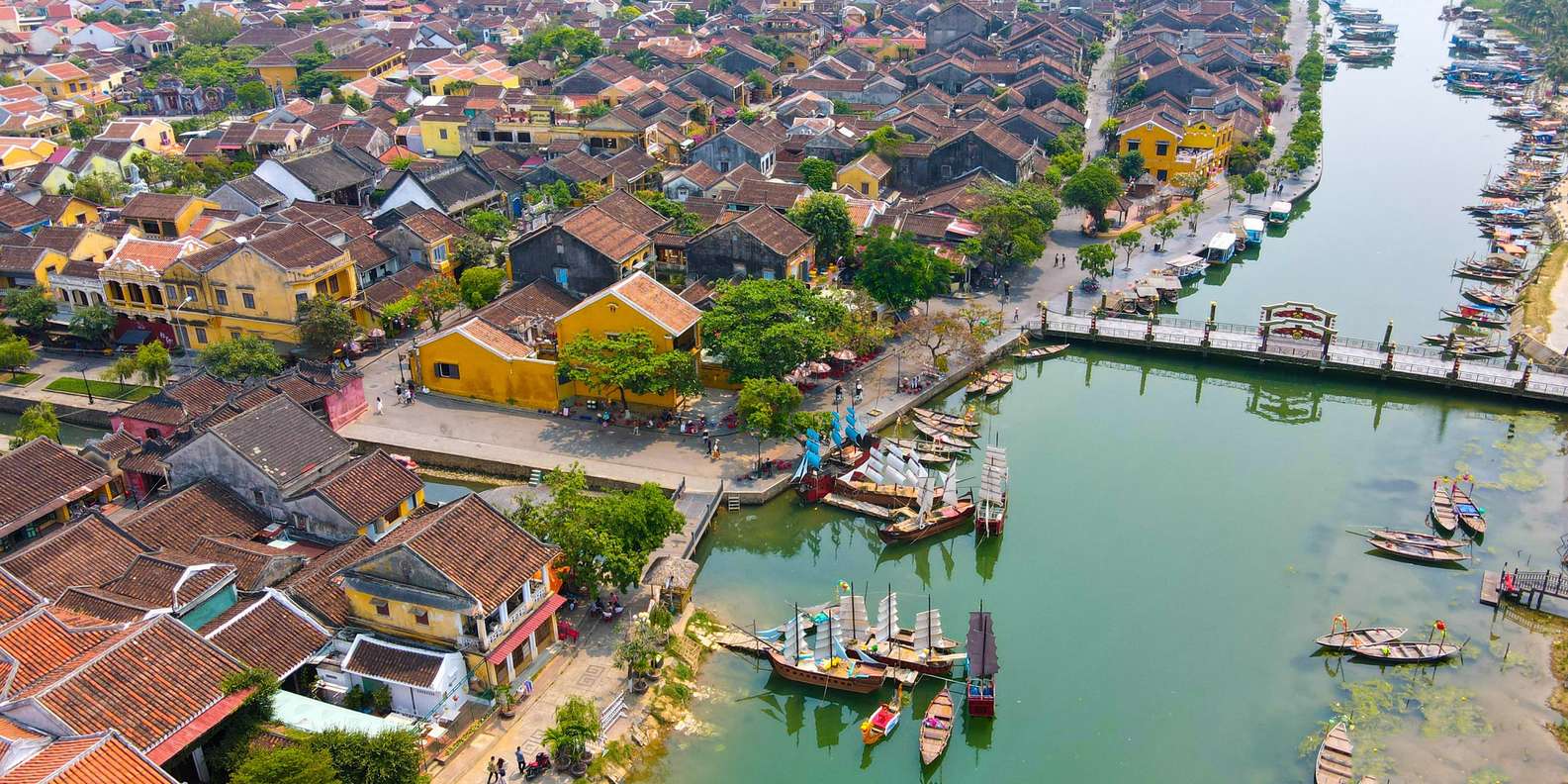
Conclude
Hoi An Ancient Town is not only an attractive tourist destination but also a place that preserves precious cultural and historical values of Vietnam. With its ancient beauty, rich cuisine, and diverse cultural activities, Hoi An will certainly bring visitors unforgettable experiences. Take the time to explore and feel the beauty of this ancient town on your travel itinerary.
other information
- CO LOA CITADEL, CAPITAL OF ANCIENT AU LAC STATE
- ANCIENT CULTURE IN VIETNAMESE TERRITORY
- HOA LU ANCIENT CAPITAL, THE 1ST CAPITAL OF CENTRALIZED FEUDAL STATE OF VIETNAM
- THE LONGEST-REIGNING KING OF VIETNAM
- NGUYEN DYNASTY, THE LAST FEUDAL DYNASTY IN VIETNAM
- THE IMAGE OF BUFFALO IN VIETNAMESE TRADITIONAL CULTURE
- TAM DAO, AN IDEAL DESTINATION FOR WEEKEND
- FANSIPAN - THE PARADISE OF NORTH-WEST VIETNAM
- THE COCONUT, AN INDISPENSABLE FRIEND IN VIETNAM FOLK CULTURE
- LOTUS FLOWER, A SYMBOL OF TRADITIONAL VIETNAMESE FOLK CULTURE
